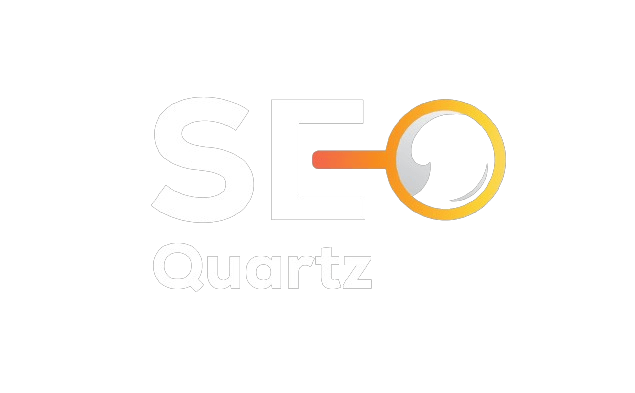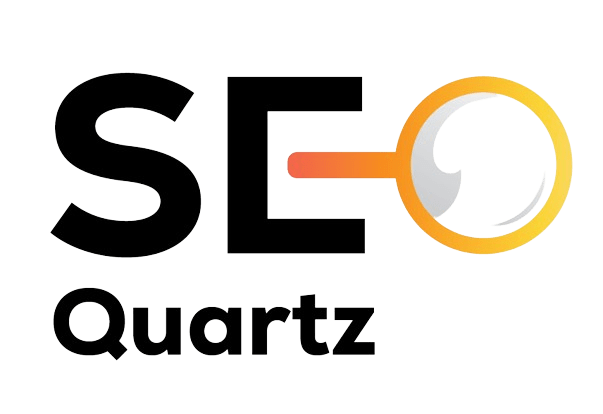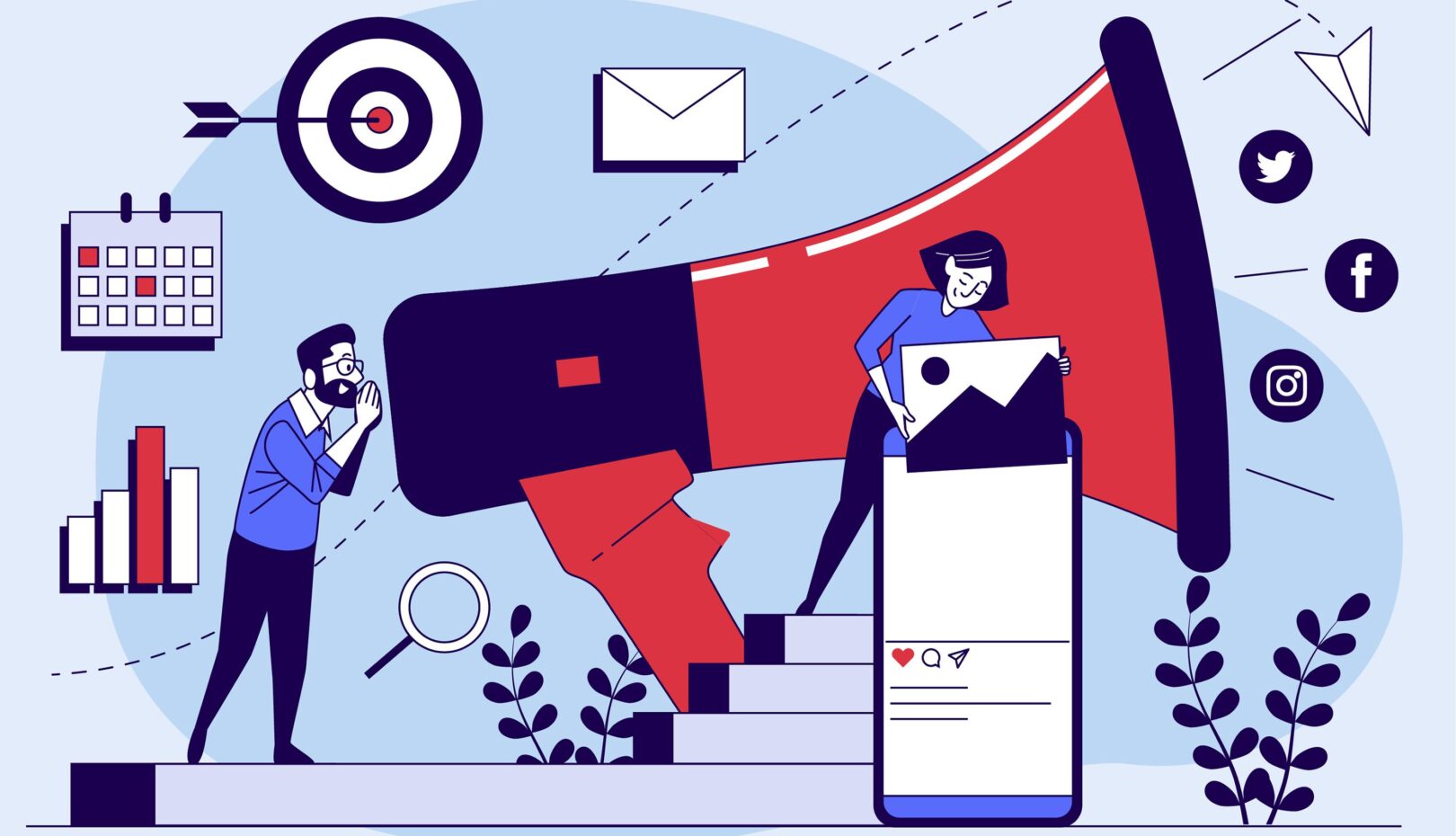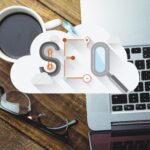How to Optimize for Google Maps & Local Packs in a Voice-First World
What’s the Difference Between Digital Marketing and Traditional Marketing?
In today’s fast-evolving business world, understanding the contrast between digital marketing vs traditional marketing is crucial for success. While traditional methods like TV, print, and radio still have influence, digital marketing offers targeted, data-driven strategies that maximize reach and ROI. Whether you’re a small business or a growing brand, knowing which approach works best—or how to blend both—can dramatically impact your results.
How Do Traditional and Digital Marketing Channels Differ?
Traditional marketing involves offline methods such as television ads, radio spots, billboards, flyers, and print advertisements in newspapers or magazines. These are often broad in scope and ideal for mass marketing. On the other hand, digital marketing leverages online platforms—like social media, email, search engines, and websites—to directly target specific user groups based on behavior, demographics, and intent.
If you’re looking to go beyond blanket outreach and want to build campaigns rooted in data and user intent, digital marketing is where the edge lies. Learn more about this shift in strategy in our article on how AI is changing the digital marketing landscape.
What is Digital Marketing?
Digital marketing refers to the use of online platforms and internet-based technologies to promote products or services. It includes a wide range of strategies such as:
- Search Engine Optimization (SEO)
- Pay-Per-Click Advertising (PPC)
- Social Media Marketing
- Email Campaigns
- Influencer Marketing
- Content Marketing
- Affiliate Marketing
These strategies allow businesses to target specific audiences, track performance in real time, and adjust campaigns for better results. Digital marketing is flexible, scalable, and often more cost-effective than traditional methods, making it the preferred marketing channel for modern businesses.
What is Traditional Marketing?
Traditional marketing involves offline promotional strategies that have been used for decades. These include:
- Television commercials
- Radio ads
- Newspaper and magazine ads
- Billboards and posters
- Direct mail (flyers, brochures)
- Trade shows and physical events
Traditional marketing is ideal for broad audience reach and brand recognition, especially in local communities or older demographics who consume media offline. However, it’s harder to measure, generally more expensive, and lacks the precision of digital channels.
What’s the Difference Between Digital Marketing and Traditional Marketing?
| Feature | Digital Marketing | Traditional Marketing |
| Channel | Online (web, email, apps, social media) | Offline (TV, radio, print, billboards) |
| Targeting | Highly specific (age, behavior, intent) | Broad, mass-market targeting |
| Cost | Scalable and budget-friendly | Higher cost, less flexible |
| Measurability | Real-time data and analytics | Limited tracking and attribution |
| Speed | Immediate campaign launch and results | Longer planning and execution time |
| Content Type | Dynamic and editable | Static and fixed |
| Customer Interaction | Two-way (comments, reviews, chats) | One-way communication |
| Reach | Local, national, and global | Primarily local or regional |
| Adaptability | Easily optimized and A/B tested | Hard to change once launched |
The key difference lies in the control and insights you get with digital marketing versus the blanket visibility of traditional marketing. Depending on your business goals, both can play a role—but digital provides the agility and data needed to compete in 2025 and beyond.
Which One Offers More Targeting and Personalization?
Traditional marketing lacks the precision of audience targeting. A radio ad plays to all listeners, whether they’re interested or not. In contrast, digital marketing empowers brands to run highly targeted campaigns using data points such as age, gender, location, and interests. You can create buyer personas and deliver custom content across different touchpoints. This level of personalization is not feasible in traditional media.
What About Cost-Effectiveness—Which Is More Affordable?
One of the primary differences lies in cost structure. Traditional media campaigns usually require a large upfront budget with no guaranteed results. Meanwhile, digital marketing offers flexibility with pay-per-click (PPC), email campaigns, SEO, and social media promotions, which can all be scaled based on your budget and performance.
Not sure if digital marketing delivers ROI? Dive into our blog on how to measure the ROI of SEO services to understand how every dollar spent can be tracked against business growth.
How Do You Measure Success in Both Models?
Traditional marketing results are difficult to quantify. You may notice an uptick in sales but can’t confidently attribute it to a billboard or newspaper ad. Digital marketing, on the other hand, is highly measurable. With tools like Google Analytics, SEMrush, and Facebook Insights, you can track user behavior, traffic sources, and conversion rates in real-time.
Performance-based strategies like white-label digital marketing services allow you to resell scalable services while tracking their exact ROI—something traditional marketing simply can’t match.
Is One Faster Than the Other in Driving Results?
Traditional marketing usually takes longer to generate noticeable results. For example, a direct mail campaign may take weeks to see an impact. Digital marketing, especially through platforms like PPC or influencer campaigns, can drive immediate engagement and conversions.
If you’re in a competitive space or launching a new product, speed to market is critical. Learn how a digital marketing company can help generate leads and sales quickly.
What Types of Content Work in Traditional vs. Digital Marketing?
Traditional marketing content is static—once a TV ad or newspaper feature is out, there’s no easy way to modify it. On the flip side, digital marketing thrives on dynamic, shareable content such as blogs, videos, memes, and infographics. This content can be A/B tested, adjusted in real time, and shared across multiple platforms for increased reach.
We’ve covered this in detail in our blog on what to expect from a professional SEO company—especially if content marketing is part of your long-term strategy.
How Do Customer Engagement and Interaction Differ?
Traditional marketing is a one-way street—you push your message out to the public. Digital marketing fosters two-way communication. Brands can interact with their audience via comments, direct messages, live chats, or reviews. This builds trust and enhances customer experience, which is critical in the modern buyer journey.
What’s Better for Local vs. Global Reach?
If you’re a local brick-and-mortar store, traditional methods like flyers and radio can still have merit. However, digital marketing offers an unparalleled ability to reach national or even global audiences at a fraction of the cost. Techniques like geo-targeted SEO, local Google My Business listings, and regional PPC campaigns give you both reach and relevance.
For example, if you’re targeting customers in Colorado, check out our page on SEO services in Colorado to understand how localized strategies can outperform traditional media in cost and efficiency.
Which One Aligns Better with Consumer Behavior?
Modern consumers spend most of their time online—on their phones, on social media, or searching for products on Google. Traditional methods miss the mark here because they don’t meet consumers where they are. Digital marketing not only follows the user but also adapts to behavior using retargeting, marketing automation, and AI-driven tools.
Can the Two Work Together?
Absolutely. In many cases, the most effective marketing strategy blends both approaches. A well-placed billboard combined with a robust retargeting ad campaign can reinforce brand messaging. But if you have a limited budget and want immediate, measurable outcomes, digital marketing offers more value.
Final Thoughts
The difference between traditional and digital marketing boils down to reach, cost, speed, personalization, and measurability. While traditional methods still have their place, today’s digitally-driven marketplace demands strategies that are agile, data-informed, and customer-centric. If you’re serious about scaling your business and staying ahead of competitors, digital marketing isn’t just an option—it’s essential.
At SEO Quartz, we help brands navigate this digital shift with performance-based strategies that drive growth. Whether you need help with SEO, content marketing, PPC, or branding—we’re here to bring you real results.
FAQs
Is traditional marketing still relevant in 2025?
Yes, but its role is more complementary now. It works well for local awareness and branding, but digital marketing dominates performance-driven campaigns.
Which is more cost-effective—digital or traditional marketing?
Digital marketing is typically more affordable and offers better tracking, flexibility, and scalability.
Can I use both digital and traditional marketing together?
Absolutely. A hybrid strategy can enhance your reach and effectiveness if executed correctly.
How do I decide which one is right for my business?
It depends on your goals, audience, and budget. A digital-first strategy is ideal for startups and growth-focused businesses.
Where can I learn more about digital marketing services?
Visit SEO Quartz’s services page to explore tailored SEO, content, and digital solutions.
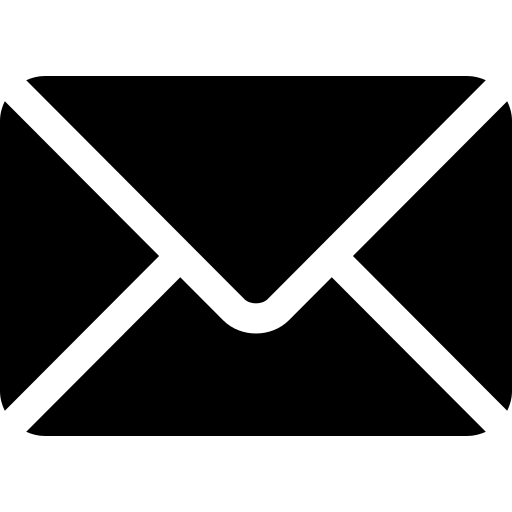 info@seoquartz.co
info@seoquartz.co
 +1 (276) 739-9962
+1 (276) 739-9962
